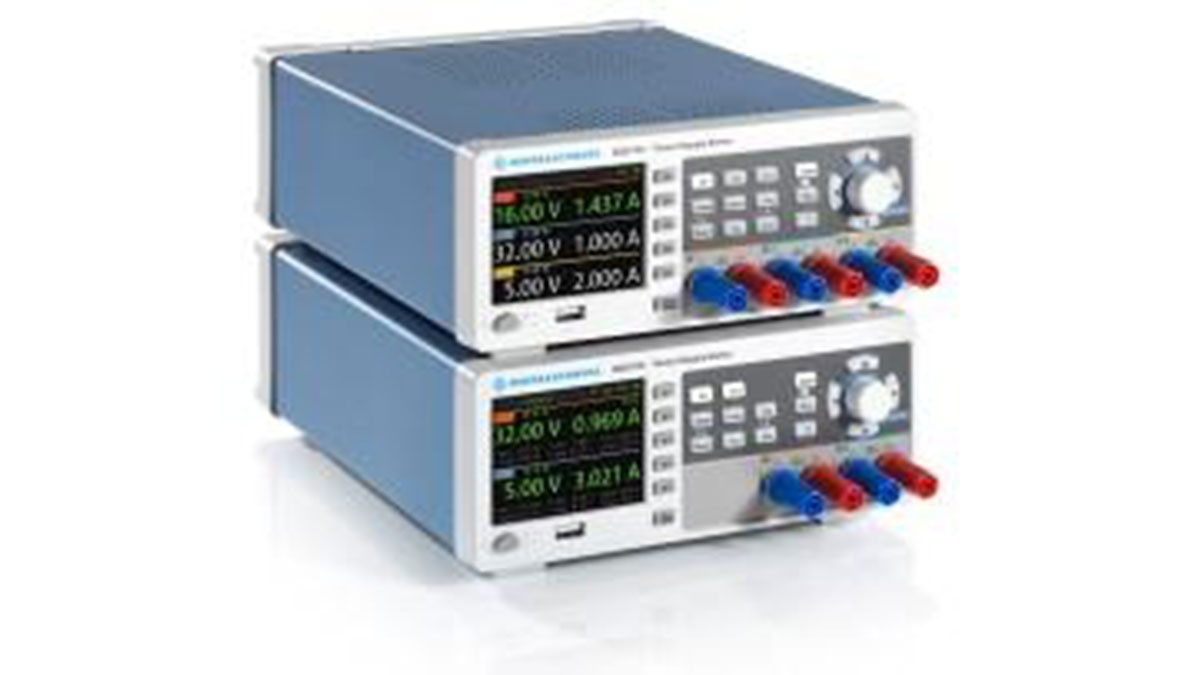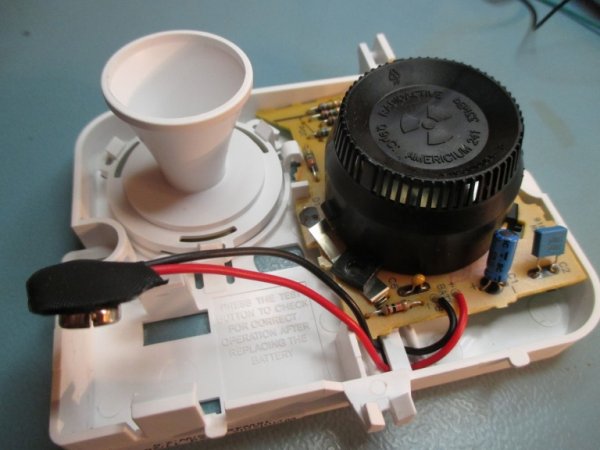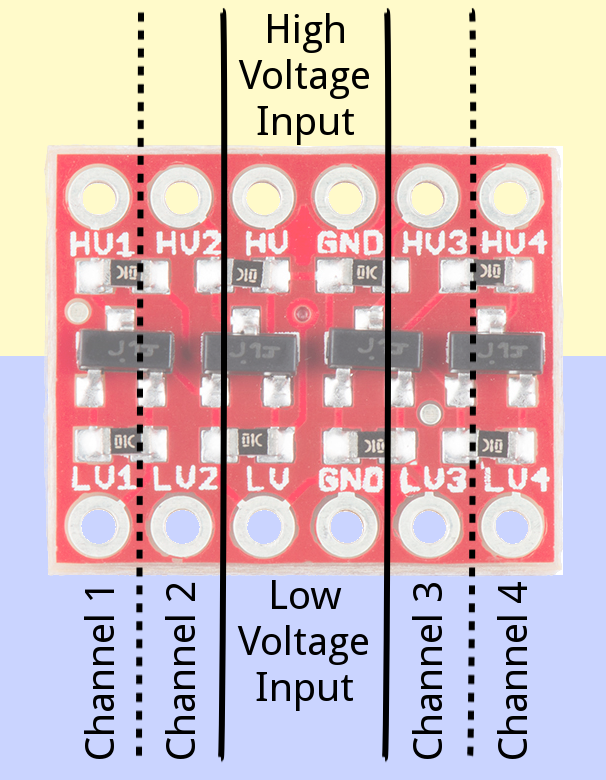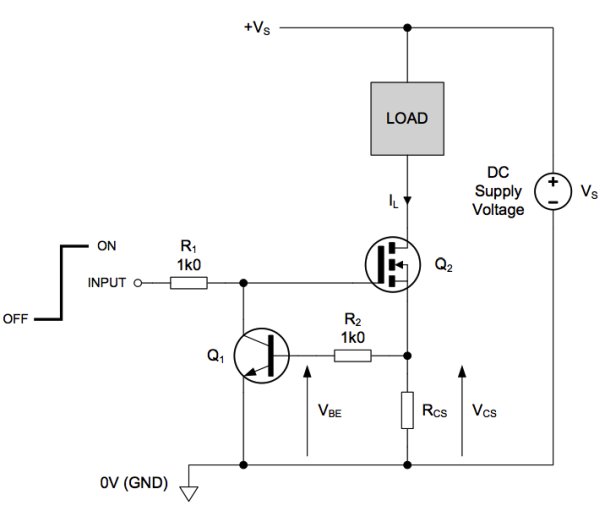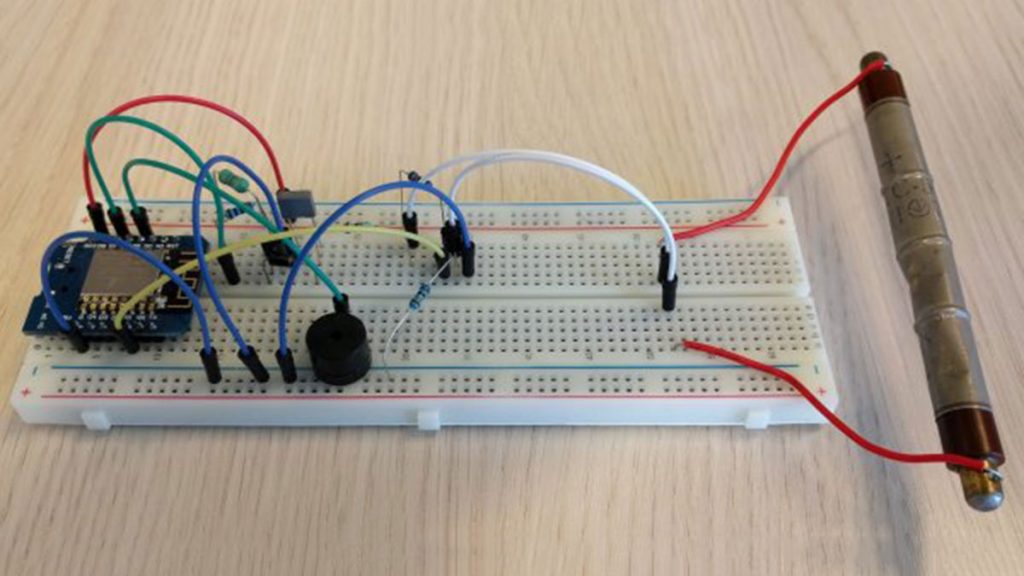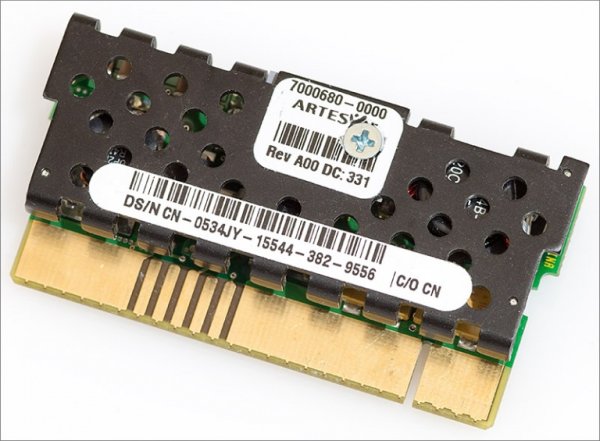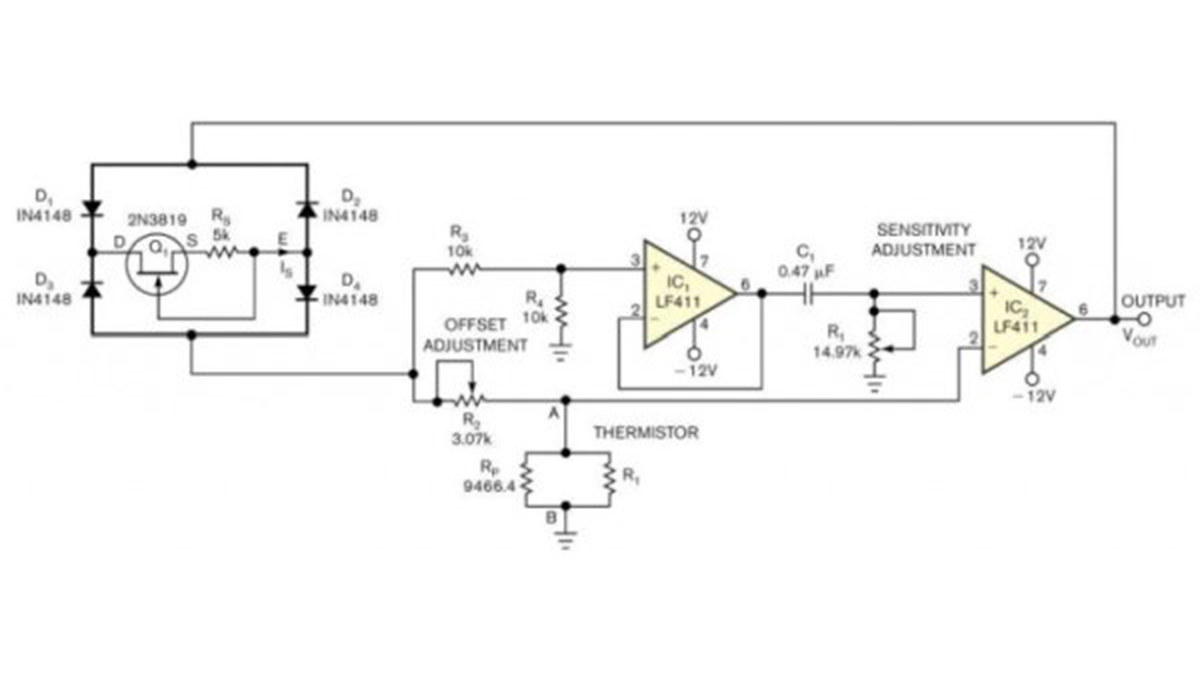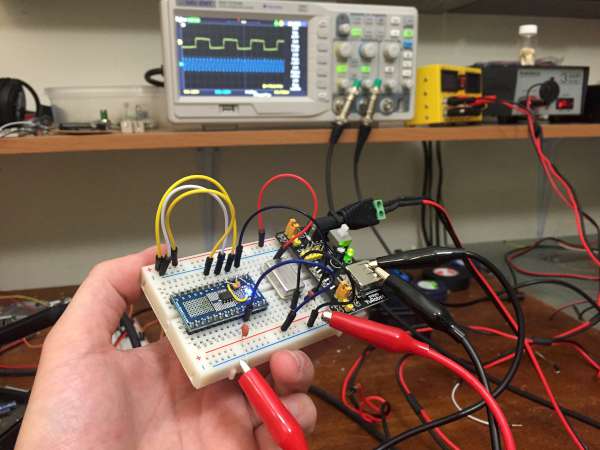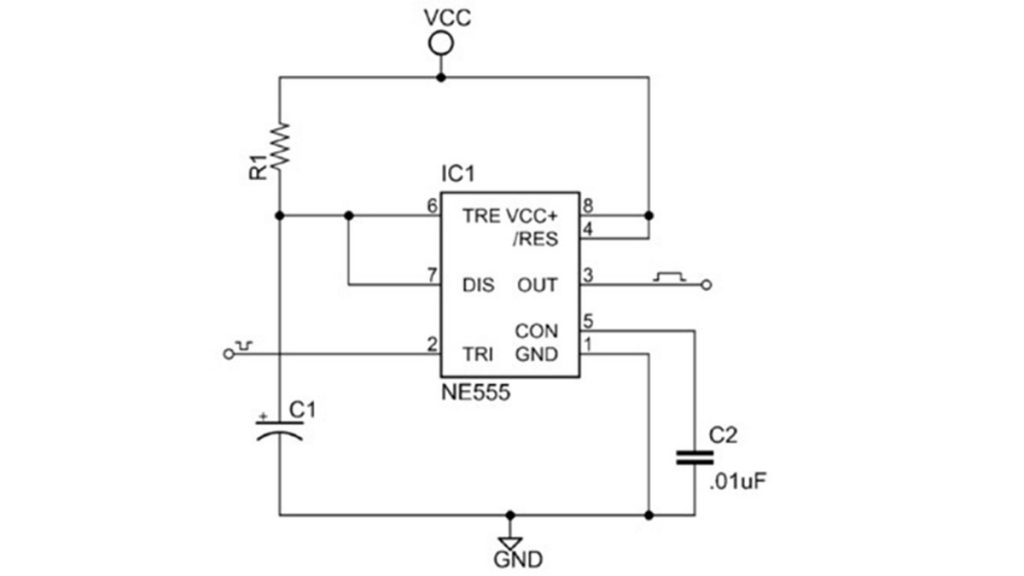Rohde & Schwarz optimizes power supplies for educational applications
The new R&S NGE100B power supply series is particularly easy and safe to operate. The robust instruments have galvanically isolated channels and safety binding posts. The color-coding of the channels provides a quick overview. The power supplies are compact, quiet and can optionally be remotely controlled via WLAN, a unique feature for instruments in the under EUR 1000 price […]
Rohde & Schwarz optimizes power supplies for educational applications Continue Reading

